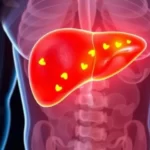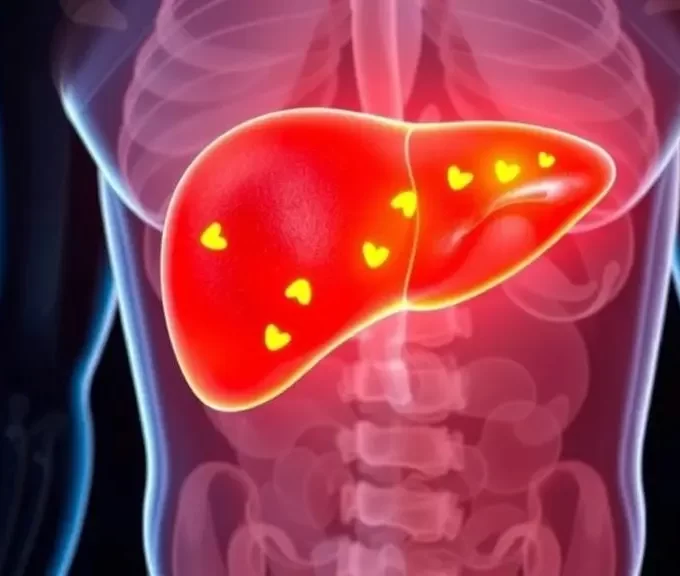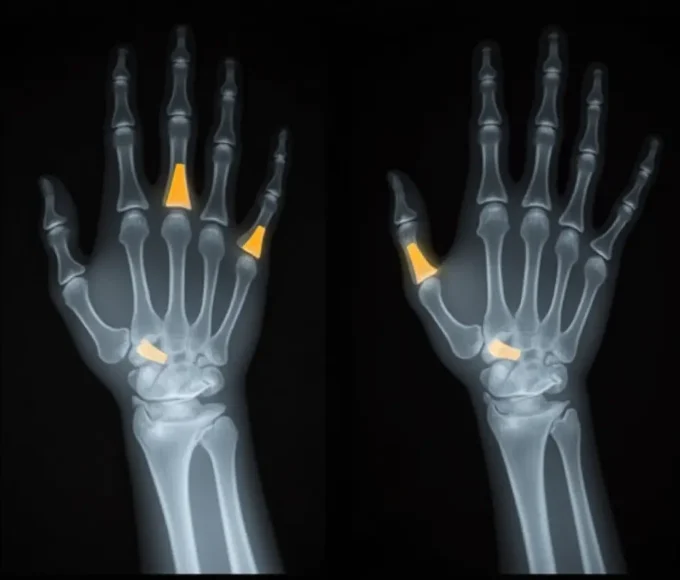Pneumonia is more than just a lung infection; it’s a serious health condition that can impact every part of the body if left untreated. While conventional medicine primarily focuses on targeting the infection with antibiotics, many individuals explore alternative healing systems, such as homeopathy, which aim to address not only the disease but also the underlying susceptibility of the person.
Homeopathy, as a holistic discipline, doesn’t isolate the disease from the patient. Instead, it embraces the unique symptom patterns and individual constitution of each person. For those navigating pneumonia and searching for an integrative, natural approach to healing, understanding how homeopathy approaches this condition can be a significant step toward recovery.
What is Pneumonia and Why Does It Matter?
Medically, pneumonia refers to inflammation of the lung tissue, typically caused by infections. This inflammation leads to the accumulation of fluid and pus in the alveoli, the tiny air sacs responsible for oxygen exchange in the lungs. As these spaces fill up, breathing becomes labored, and the body’s ability to oxygenate the blood diminishes.
Pneumonia can vary widely in severity. Some cases may appear mild and self-limiting, while others progress rapidly, leading to hospitalization or even respiratory failure. What makes pneumonia particularly dangerous is its ability to spread swiftly through the spongy lung tissue, often reaching the pleura, the membrane surrounding the lungs, which causes sharp, stabbing pain during breathing.
Types of Pneumonia
There are several forms of pneumonia, each presenting in distinct ways. Lobar pneumonia, for instance, involves the infection of one or more lobes of the lung. It usually manifests abruptly, with a sudden spike in fever, chest pain, and a productive cough that often contains rusty or discolored mucus.
On the other hand, bronchopneumonia is a more diffuse condition. It doesn’t affect a single area but spreads across both lungs in patches. This type is frequently seen in the very young, the elderly, and those with weakened immune defenses. Its onset might be gradual, but its effects can be equally debilitating.
What Causes Pneumonia?
Most often, pneumonia is triggered by infectious agents such as bacteria, viruses, or fungi. The most common bacterial culprit in adults is Streptococcus pneumoniae. Viruses such as influenza and RSV can also cause viral pneumonia, particularly in children or during flu season. In immunocompromised individuals, fungal infections may be to blame.
However, the mere presence of these organisms doesn’t always result in pneumonia. It often takes a combination of factors, such as a compromised immune system, exposure to cold, or an existing respiratory issue, for the infection to take hold. Smokers, individuals with chronic lung conditions, and those recovering from viral infections are particularly vulnerable.
Recognizing the Symptoms
The symptoms of pneumonia are usually hard to ignore. Most people experience a persistent cough, often accompanied by thick sputum that may appear yellow, green, or even streaked with blood. Breathing becomes noticeably difficult and shallow, sometimes accompanied by a tight feeling in the chest or pain that worsens with deep breaths.
A high fever is a hallmark sign, often accompanied by chills and profuse sweating. Fatigue sets in quickly, and even basic physical activity becomes exhausting. In older adults, confusion or sudden cognitive decline can sometimes be the only outward symptom of dementia. Appetite loss, headaches, and muscle aches further contribute to the feeling of being unwell.
How Doctors Diagnose Pneumonia
Diagnosis of pneumonia typically begins with a clinical evaluation. Doctors listen for abnormal lung sounds, such as crackles or reduced breath sounds, which can indicate the presence of fluid buildup. Chest X-rays remain the gold standard for visualizing lung involvement and confirming the extent of inflammation or consolidation.
Additional tests, such as sputum analysis and blood cultures, help identify the causative organism and guide antibiotic treatment. In severe or complicated cases, procedures such as bronchoscopy or pleural fluid aspiration may be necessary to rule out other underlying conditions or complications.
Complications That May Arise
If pneumonia is not managed promptly, it can lead to a cascade of complications. One of the most serious is respiratory failure, where the lungs can no longer provide sufficient oxygen. Another is a lung abscess, a localized area of pus within the lung, often requiring prolonged treatment.
Infections may spread to the pleural space, leading to empyema, an accumulation of pus that can compress the lungs and cause respiratory distress. Sepsis is another dangerous consequence, particularly when bacteria enter the bloodstream. For children and elderly patients, the risk of such complications is significantly higher.
The Homeopathic Perspective
Homeopathy sees pneumonia not as an isolated event, but as a manifestation of an internal imbalance. It emphasizes the individual’s reaction to the disease rather than the disease itself. Every symptom, whether it’s the type of cough, the color of sputum, or the patient’s emotional state, guides the selection of remedy.
Rather than prescribing a generic drug for pneumonia, a homeopath considers how the illness presents in your unique constitution. Two people with the same infection may receive completely different remedies based on their physical symptoms and emotional characteristics. This method is what makes homeopathy both deeply personalized and effective in chronic or stubborn conditions.
Homeopathic Remedies for Pneumonia: What Works and Why
Homeopathy offers a broad spectrum of targeted remedies for pneumonia, chosen not only for the infection itself but also for how the illness manifests in each individual. Below is a breakdown of the most commonly used homeopathic medicines, along with the specific conditions for which they are most effective.
Aconite Napellus For Sudden Onset in Early Stage
Aconite is typically prescribed in the initial hours or first day of pneumonia that develops suddenly after exposure to cold, dry wind. The patient usually presents with dry, hot skin, a pounding heartbeat, and a deep sense of fear or anxiety. It is conducive when fever and restlessness prevail, accompanied by a dry, painful cough.
Bryonia Alba For Dry Cough and Chest Pain
As pneumonia progresses and the lungs begin to consolidate, Bryonia becomes more relevant. This remedy is suitable for patients who experience worsening chest pain with movement, a strong desire to remain still, and a dry cough that produces thick, sticky, rust-colored sputum. Bryonia patients are often irritable and crave complete rest.
Ferrum Phosphoricum For Mild, Early-Stage Congestion
Ferrum Phos is an ideal remedy for early-stage pneumonia when symptoms are vague and not fully developed. It’s particularly effective in children and elderly patients showing mild fever, weakness, and lung congestion without severe inflammation. It helps prevent full-blown infection when used promptly.
Rhus Toxicodendron For Typhoid-like Restlessness
When pneumonia mimics typhoid fever in character, with restlessness that worsens during periods of inactivity, Rhus tox may be the right choice. Patients needing this remedy often experience trembling chills, a tearing cough, and extreme discomfort when lying still. Movement provides temporary relief, even during intense fatigue.
Kali Carbonicum For Mucus Rattling and Weak Breathing
In more advanced stages where mucus builds up and breathing becomes wheezy or labored, Kali Carb is helpful. The patient may struggle to lie down and may experience dry mouth, fatigue, and anxiety. This remedy is suitable for individuals with noisy, labored breathing and a sensation of chest congestion.
Lycopodium Clavatum For Delayed or Weak Recovery
Lycopodium is effective in treating unresolved pneumonia or when symptoms persist for weeks. Patients typically experience weakness, chills, and bloating, accompanied by a sensation of tightness across the chest. It’s beneficial for those who show signs of slow convalescence or partial resolution of the infection.
Kali Muriaticum For White, Sticky Phlegm
This remedy is suitable for pneumonia cases where the patient presents with thick, white mucus and a white tongue coating. It is beneficial in the second stage of pneumonia, where there’s a fibrinous exudate, and the cough is more frequent but not as productive.
Sulphur For Persistent or Evening-Worsening Symptoms
Sulfur is used in cases of prolonged pneumonia with ongoing weakness, yellow mucopurulent sputum, and symptoms that worsen in the late afternoon or evening. The patient might experience dryness, skin irritation, and lethargy. It’s advantageous when the body struggles to complete the healing process.
Lachesis For Abscesses and Critical Stages
In the late or dangerous stages of pneumonia, when abscesses develop or sputum becomes frothy and mixed with blood, Lachesis is often prescribed. Symptoms usually worsen after sleep, and the patient may feel a constant urge to talk or share their feelings, despite feeling weak.
Kali Sulphuricum For Yellow Mucus and Heat Sensitivity
Kali Sulph helps when symptoms are accompanied by yellow, loose mucus and breathing becomes more difficult in warm environments. This remedy is suited to individuals who feel suffocated in heated rooms and who have a rattling chest and persistent, moist cough.
Is It Safe to Combine Homeopathy with Modern Medicine?
Absolutely. Homeopathy doesn’t interfere with antibiotics or other medical treatments. Many patients report better recovery and fewer post-infection complications when both systems are used in parallel. Homeopathic remedies support the immune system, reduce fatigue, and address lingering symptoms after the acute phase has passed.
Conclusion
Pneumonia is not to be taken lightly, but healing doesn’t always have to be aggressive or purely symptomatic. Homeopathy offers a gentle yet profound approach to support the body’s natural defenses and promote balance. It is not just about fighting the infection alone, but about nurturing the person as a whole, encompassing their mind, body, and overall well-being. When used wisely and under the guidance of a qualified homeopath, this approach can offer both comfort and cure, especially in the more vulnerable phases of recovery.
Frequently Asked Questions
How long does it take to recover from pneumonia?
Recovery typically takes 1 to 3 weeks for mild cases. Still, severe pneumonia may require several weeks or even months, depending on factors such as age, overall health, and the presence of complications.
What’s not to do when you have pneumonia?
Avoid smoking, drinking, strenuous activity, and skipping prescribed medications. Don’t ignore worsening symptoms; seek medical help promptly.
When is pneumonia life-threatening?
Pneumonia can become life-threatening when it leads to respiratory failure, sepsis, or affects individuals with weakened immune systems, infants, or the elderly.
How long are you contagious with pneumonia?
You’re typically contagious for 24–48 hours after starting antibiotics for bacterial pneumonia. For viral pneumonia, you may be infectious for several days to a week.
At what stage of pneumonia is coughing?
Coughing can occur at all stages, but it becomes most intense during the red hepatization and grey hepatization stages, when mucus production is at its peak.











